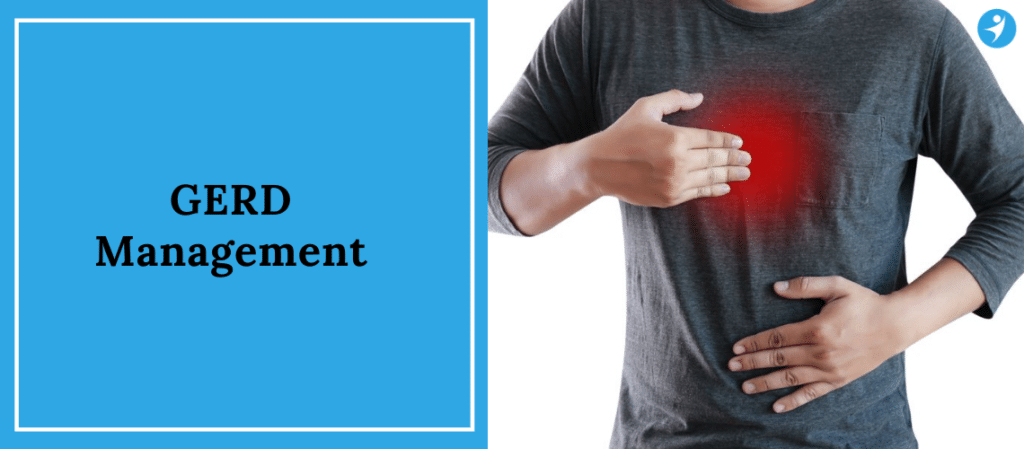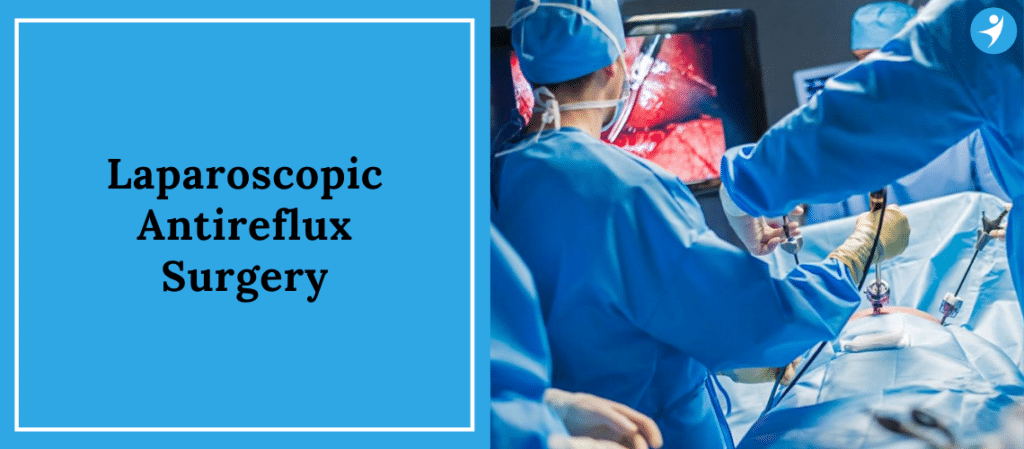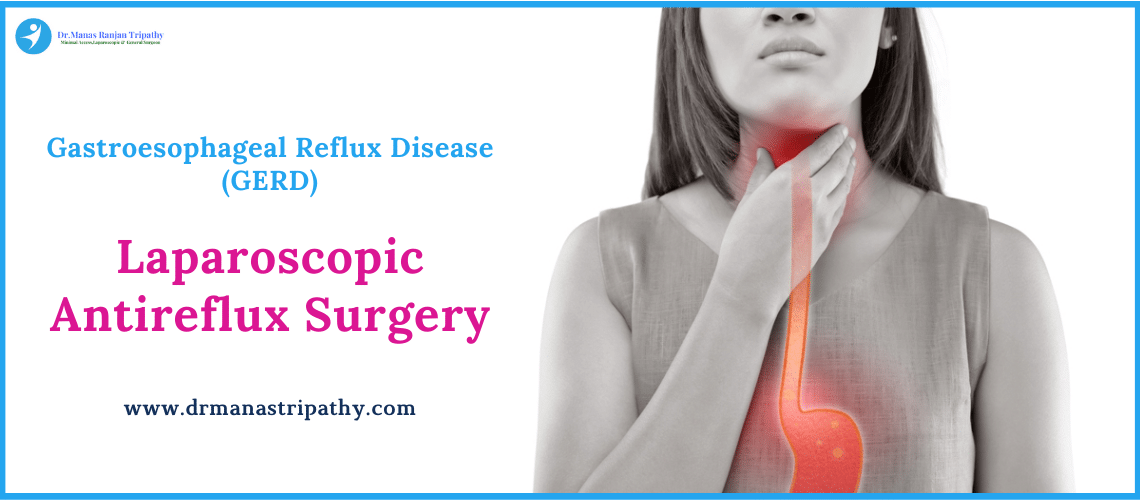Laparoscopic Antireflux Surgery in Bangalore | Dr. Manas Tripathy
GERD or Gastroesophageal Reflux Disease is one of the digestive disorders. It usually affects the esophageal sphincter (a muscular ring connecting the esophagus with the stomach)
Usually in case of GERD treatment if a patient does not response to medication then Laparoscopic antireflux surgery is recommended. Laparoscopic antireflux surgery is also called as Nissen fundoplication
What is GERD (gastroesophageal reflux)?
There is a muscular ring called as esophageal sphincter. The role of this esophageal sphincter is to prevent food from out of the stomach and back up into the esophagus.
In case of GERD, the sphincter muscle becomes weak and it fails to close tightly. This causes food and stomach acids to flow back into the esophagus. This process is called reflux. Since there is an acid flow in esophagus, the lining in esophagus becomes inflamed or irritated and this may lead to chest pain, burning sensation and sometimes a sour taste or cough.
GERD Management:

GERD can be controlled with medication and lifestyle modification:
- Medications (to reduce acid in the stomach)
- Decreasing the size of meals
- Try to reduce weight (if overweight)
- Quitting smoking
- Avoiding eating certain acidic foods (Acidic food irritate the esophageal lining)
- Avoid lying down for at least two to three hours after eating
- Elevating the head of the bed six inches
When is laparoscopic antireflux surgery necessary?
The first line of treatment of GERD is medication and lifestyle modification. If a patient does not respond to medication and it’s a chronic esophageal reflux case then surgery is recommended. Chronic gastroesophageal reflux, if left untreated then it may lead to some complication like esophageal ulcers, esophagitis, bleeding, or scarring of the esophagus
So when medications are not successful in treating chronic GERD then Laparoscopic antireflux surgery is recommended
Laparoscopic antireflux surgery is a safe and minimally-invasive procedure. It creates an effective valve mechanism at the bottom of the esophagus and thus corrects gastroesophageal reflux

Who can have laparoscopic antireflux surgery?
Laparoscopic antireflux surgery is mostly recommended if medication is not successful and no previous history of abdominal surgery and those who experience most symptoms of reflux when lying down.
What is laparoscopy?
In laparoscopy, a small camera called “scope” (called a laparoscope) is used to look inside the abdominal cavity. Usually, during this surgical procedure, five or six small incisions are made in the abdomen and the abdominal cavity is inflated with carbon dioxide. This lifts the abdominal wall away from the organ and the surgeon gets an operating space in the abdomen.
Through the incision, the laparoscope and surgical instruments are inserted. The surgeon is guided by the Laparoscope which transmits a picture of the abdomen on a video monitor.
Advantages of laparoscopic antireflux surgery
Compared to traditional antireflux surgery patients who have laparoscopic antireflux surgery generally experience
- Less Pain
- Quick recovery
- Less risk of infection
- Reduce hospital stay
Laparoscopic antireflux surgery vs traditional antireflux surgery

Incision
- Laparoscopic antireflux surgery: Five 5-10 mm incisions are required in the abdomen
- Traditional antireflux surgery: Six-inch vertical incision required
Length of Hospital Stay
- Laparoscopic antireflux surgery: Two days
- Traditional antireflux surgery: Five to six days
Recovery
- Laparoscopic antireflux surgery:
- Less or no bleeding
- Less risk of infection
- No nasogastric tube needed
- Traditional antireflux surgery:
- Potentially more bleeding and scarring after surgery
- Greater risk of infection after surgery
- Nasogastric tube needed

